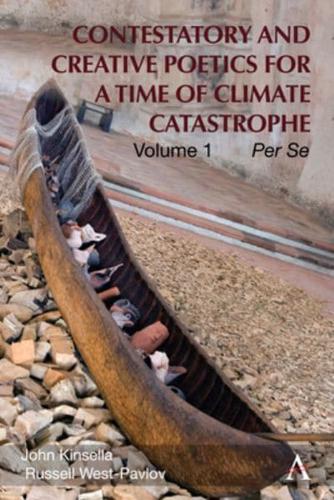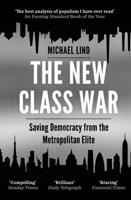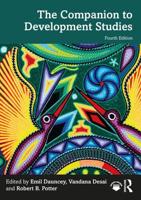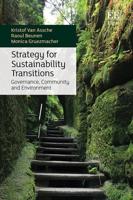Publisher's Synopsis
Contestatory and Creative Poetics for a Time of Climate Catastrophe: Volume 1: Per Se is an extended narrative meditation upon the meaning of per se, which generally denotes the thing-in-itself, for its own sake - but that, upon closer examination, transpires to be a high tensile composite of the 'thing' (se) and a relationship (per) that always links it to something else - and indeed, in relations of internal complexity, to itself. Per se, in the book's multiple parsings of the term, is a moniker for the infinite relationality of the world and the relationality of each thing in itself. Per se also denotes the endless fractal embedding of bundles of relationality at the successive levels of thing-ness from the infinitesimally minute nano-scale to the unimaginably distant outer reaches of the sideral. Per se becomes an exploration of the way commodities, cut loose from their context of production and floating on sea of oscillating (exchange) values, never cease to morph back into artefacts defined by the socially intensive use-values their fellow actants discover in them. The book thus focalises a politicised effort to revision the rampant multiscalar individualism, solipsism and apartheid-like segregation of our age. Instead, it searches for possibilities or community in every aspect of the world we have learnt to see through a relentlessly atomising and hypostatising filter. The volume claims that every act of perception is political, reestablishing obfuscated connections, thereby seeking to repair the shredded fabric of the ecosphere below the threshold of myopic common-sense. Yet it also celebrates the myriad acts of citizen defiance, visible and invisible, that constitute activist agendas around the world, sending signals - both practical and exemplary, symbolic and literary - that shore up communities of resistance everywhere. The book does not hesitate to interrogate the fractal responsiveness to its own nature, meditating repeatedly on the political character of writing, and more significantly, of the teaching of writing. Central to its concerns are various avatars of trees, from the pirogue that hangs above a bar in Lille, and one that is crafted as part of an Italian artist's global collaboration on the periphery of this volume's emergence, via the jacarandas of post-apartheid South Africa, to a wood-chipped pine forest that has become a memorial library in Oslo - to name only a few of the topics taken up by the book's many silvan micro-fictions. Looming over all these concerns are two contemporary silvan catastrophes: the megablazes that destroyed forests in Amazonia, Australia, California, Siberia and the Mediterranean during the period when the book was being written and the deforestation that has allowed zoogenic diseases to jump from once secluded animal species to the humans that would never have been their neighbours if naturally occurring forest-barriers had been left intact.










